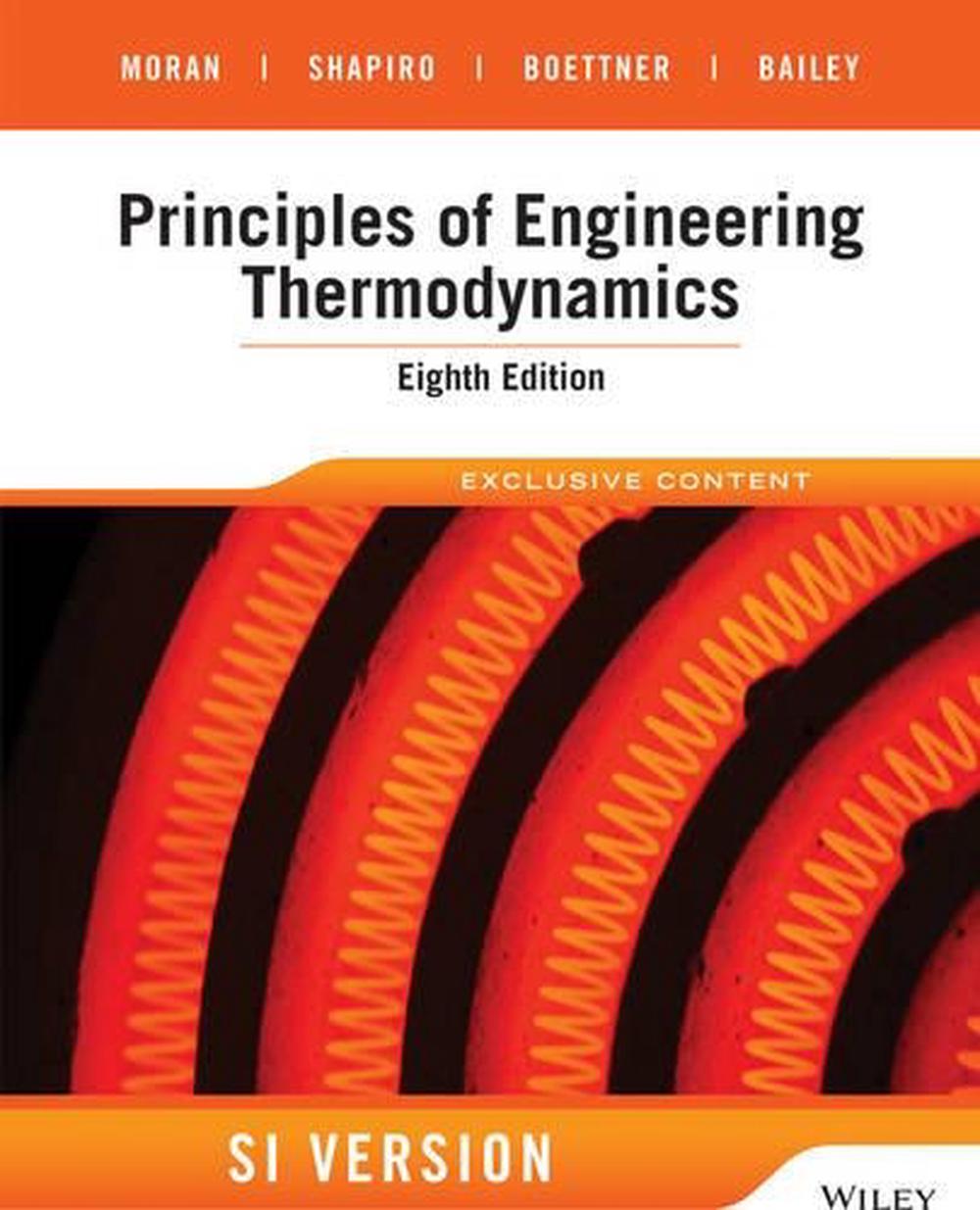
The initial application of thermodynamics to mechanical heat engines was quickly extended to the study of chemical compounds and chemical reactions. In 1870 he introduced the virial theorem, which applied to heat.

In 1865 he introduced the concept of entropy. His most important paper, "On the Moving Force of Heat", published in 1850, first stated the second law of thermodynamics. Scots-Irish physicist Lord Kelvin was the first to formulate a concise definition of thermodynamics in 1854 which stated, "Thermo-dynamics is the subject of the relation of heat to forces acting between contiguous parts of bodies, and the relation of heat to electrical agency." Rudolf Clausius restated Carnot's principle known as the Carnot cycle and gave so the theory of heat a truer and sounder basis. Historically, thermodynamics developed out of a desire to increase the efficiency of early steam engines, particularly through the work of French physicist Sadi Carnot (1824) who believed that engine efficiency was the key that could help France win the Napoleonic Wars. Thermodynamics applies to a wide variety of topics in science and engineering, especially physical chemistry, biochemistry, chemical engineering and mechanical engineering, but also in other complex fields such as meteorology.

The behavior of these quantities is governed by the four laws of thermodynamics which convey a quantitative description using measurable macroscopic physical quantities, but may be explained in terms of microscopic constituents by statistical mechanics. The probabilistic results and analysis based on the input parameters distributionswereevaluated and discussed.Thermodynamics is a branch of physics that deals with heat, work, and temperature, and their relation to energy, entropy, and the physical properties of matter and radiation. The exergoeconomic analysis results from four units showed combustion chamber exergy destruction cost of 531.08 $/h GT8 unit, 584.53 $/h GT12 unit, 2351.81 $/h GT16, and 2315.93 $/h GT19 unit. The exergy analysis results obtained from the four units show that the combustion chamber (CC) is the most significant exergy destruction with lowest exergy efficiency and highest exergy destruction efficiency of plant components. Moreover, the combustion chamber has the highest exergy destruction efficiency of 55.16% GT8 unit, 56.58% GT12 unit, 43.90% GT16 unit, and 43.30% GT19 unit respectively. For turbines these were 96.13% for GT8 unit, 98.02% for GT12 unit, 96.26% for GT16 unit, and 96.30% for GT19 unit.
#Engineering thermodynamics pdf moran shapiro full#
The results obtained from exergy analysis at full load operation show that the turbine has the highest exergy efficiency followed by compressor and combustion having the least. This was done before the off-design point (ODP) simulation was carried out which represents the plant operations. The design point (DP) simulation results of the modelled GT engines were validated with the available DP thermodynamic data from original equipment manufacturer (OEM). These four industrial GT engine units were modelled and simulated using natural gas as fuel. OkonkwoĮxergy, Destruction, Efficiency, Exergoeconomic, Exergy Cost Rates, Part-Load, ProbabilisticĪBSTRACT: In this study, the probabilistic exergoeconomic analysis was performed for four industrial gas turbine (GT) units comprising two (GT16 and GT19) units of 100MW GE engine and two (GT8 and GT12) units of 25MW Hitachi engine at Transcorp Power Limited, Ughelli. Probabilistic Exergoeconomic Analysis of Transcorp Power Plant, UghelliĪUTHORS: Otujevwe Paul Ogbe, Nnamdi Benedict Anosike, Ugochukwu C. 5th Edition, John Wiley & Sons, Inc., New York. (2006) Fundamentals of Engineering Thermodynamics.


 0 kommentar(er)
0 kommentar(er)
